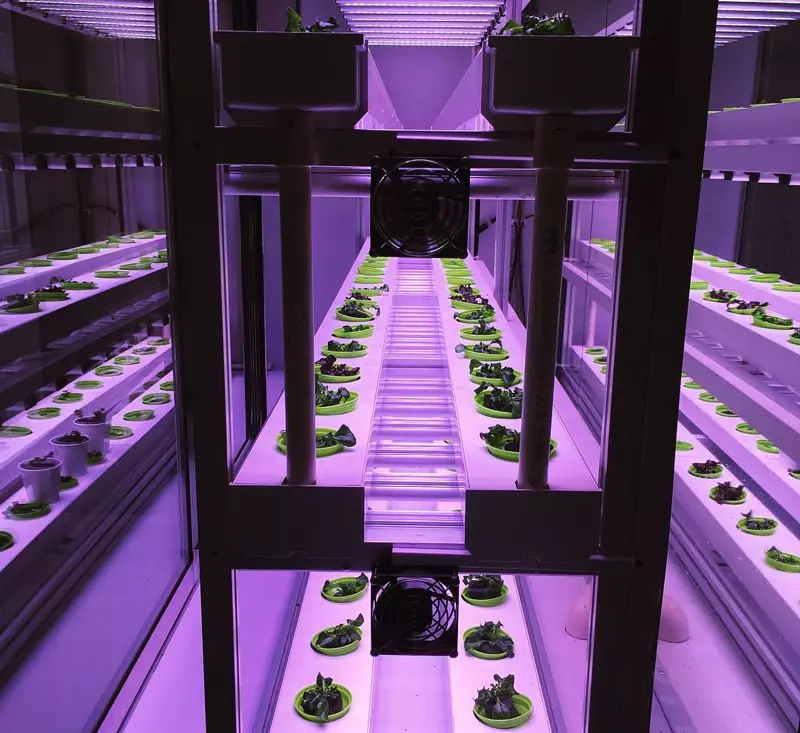The development process of plant fill light, from the most primitive light bulbs, fluorescent lamps, high pressure sodium lamps, LED lights, to the current laser plant fill light with good effect, the future development trend is also laser plant fill light, because laser fill light Simple installation, long life, low cost, laser plant growth lights, and now the cost of plant lights can be accepted by ordinary people, but many growers who grow plants do not know when to use plant lights, day or night? Today, I will introduce the use of plant lights.

Let’s talk about the household succulent fill light first. The succulent fill light is used during the day. It can be used for fill light from 8:00 am to 5:00 pm every day. The red and blue LED fill light can be selected, and the power is controlled at 240 watts and 400 watts. between. If the plants receive uniform light during the day, no supplementary light is required at night, and normal maintenance can be carried out at night. In case of continuous rainy weather, you can extend the fill light time appropriately, which takes 6 to 8 hours.
Plants can be illuminated at night. Filling the plant with light at night will not violate the natural law and will not affect the normal growth of the plant, especially in winter, when the possible daylight time may not be enough to achieve the desired plant growth, the lamp is used to prolong the time for the plant to receive light. time. If the plants don’t get enough light, they will grow leggy. Light is closely related to the growth of crops. Capturing light energy to the maximum extent and giving full play to the potential of plant photosynthesis will be directly related to the benefits of agricultural production. In recent years, due to the promotion of market demand, greenhouses are widely used to produce off-season flowers, fruits, vegetables, etc. Due to the short sunshine time in winter and spring, the crops grow slowly and the yield is low, so supplementary light is urgently needed. In particular, most of the north is located in the east of Asia and has a temperate monsoon climate. In winter and spring, it is affected by the cold air from Siberia going south, and sometimes rain and snow are formed due to the fusion of cold and warm currents. Supplementing light to plants at night can greatly improve the production efficiency of the plants concerned.
Extended information
Low light performance
1. When the light intensity is lower than its compensation point, the consumption of organic matter is more than the accumulation, and the dry mass of the plant decreases or even dies. The growth of the plants is weak and leggy even in low light conditions.
2. Affect flowering and fruiting. Solanaceous fruits and melon vegetables have certain requirements for light time and intensity. If the light time of watermelon is less than 11 hours, all the young fruits will fall off. Vegetables that require moderate light intensity such as peas, kidney beans, celery, radishes, green onions, etc. Vegetables with weak light intensity requirements, such as lettuce, spinach, chrysanthemum, ginger, etc., require lower light intensity. In the production of nightshade vegetables in a solar greenhouse, even on sunny days, the light intensity cannot reach the light saturation point due to the reduction of the plastic awning, but it can reach above the light compensation point. This is also the nightshade produced in solar greenhouses. The reason for the bland taste of vegetables.
